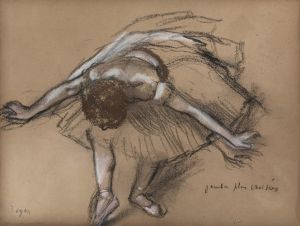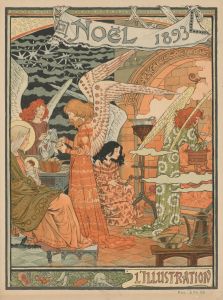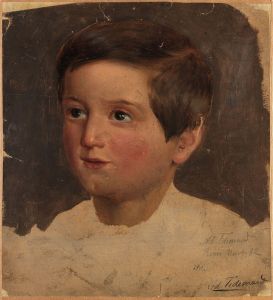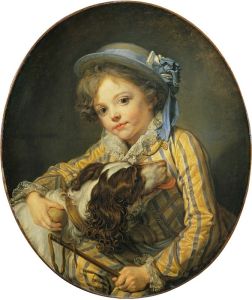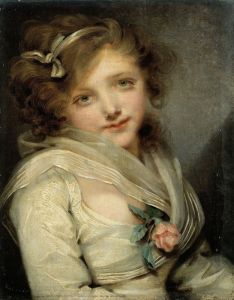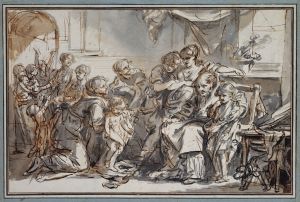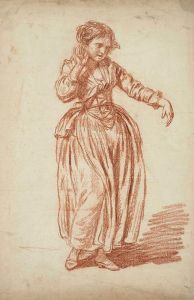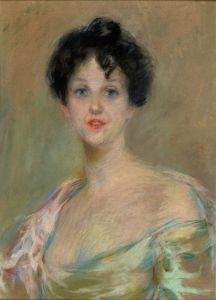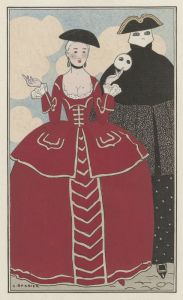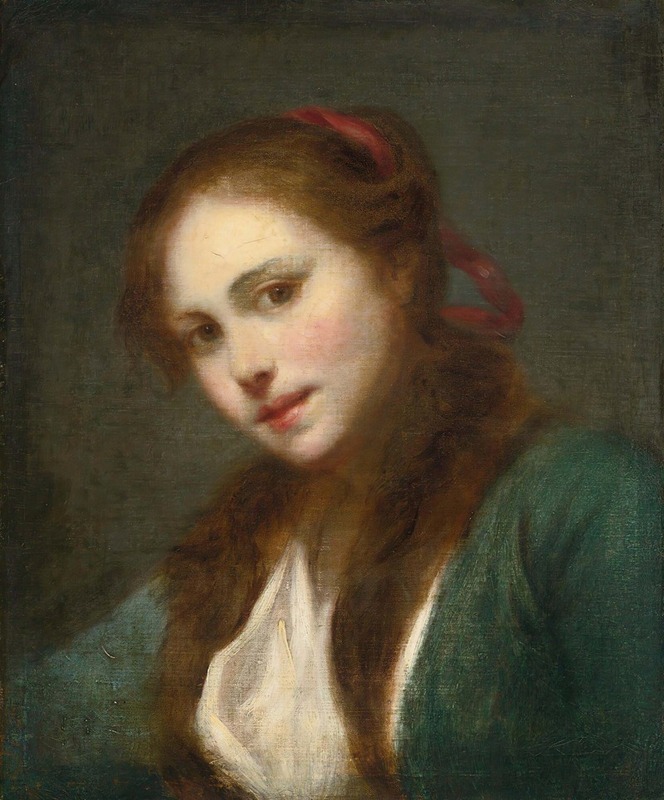
La Polonaise
A hand-painted replica of Jean-Baptiste Greuze’s masterpiece La Polonaise, meticulously crafted by professional artists to capture the true essence of the original. Each piece is created with museum-quality canvas and rare mineral pigments, carefully painted by experienced artists with delicate brushstrokes and rich, layered colors to perfectly recreate the texture of the original artwork. Unlike machine-printed reproductions, this hand-painted version brings the painting to life, infused with the artist’s emotions and skill in every stroke. Whether for personal collection or home decoration, it instantly elevates the artistic atmosphere of any space.
Jean-Baptiste Greuze was a prominent French painter known for his genre scenes and portraits, particularly during the 18th century. One of his lesser-known works is "La Polonaise," a painting that reflects his interest in capturing the subtleties of human expression and emotion. Greuze's work is often characterized by its detailed depiction of domestic life and its moral undertones, which were highly appreciated during his time.
"La Polonaise" is a testament to Greuze's skill in portraying the intricacies of costume and character. The painting features a young woman dressed in a Polish-inspired costume, which was a fashionable trend in France during the 18th century. This interest in Polish attire was partly due to the political and cultural exchanges between France and Poland, as well as the fascination with exotic and foreign styles that was prevalent among the French elite.
The painting is executed with Greuze's typical attention to detail, particularly in the rendering of fabrics and textures. The young woman's costume is depicted with a rich palette and fine brushwork, highlighting the luxurious materials and intricate patterns. Her expression is contemplative, a common trait in Greuze's portraits, where he often sought to capture the inner thoughts and emotions of his subjects.
Greuze's ability to convey emotion through facial expressions and body language is evident in "La Polonaise." The subject's gaze and posture suggest a narrative beyond the canvas, inviting viewers to ponder her story and the circumstances that led to this moment. This focus on narrative and emotion was a hallmark of Greuze's work, setting him apart from many of his contemporaries who favored more classical and idealized representations.
While "La Polonaise" may not be as widely recognized as some of Greuze's other works, such as "The Broken Jug" or "The Village Bride," it nonetheless exemplifies his artistic style and thematic interests. Greuze's paintings often carried moral or sentimental messages, reflecting the Enlightenment ideals of the time, which emphasized reason, emotion, and the importance of virtue.
The painting's historical context is also significant. During the 18th century, France was undergoing significant social and political changes, and art played a crucial role in reflecting and shaping public sentiment. Artists like Greuze were instrumental in depicting the complexities of human experience, often focusing on themes of family, morality, and the everyday lives of ordinary people.
In summary, "La Polonaise" by Jean-Baptiste Greuze is a fine example of the artist's ability to blend detailed realism with emotional depth. Through his meticulous attention to costume and expression, Greuze captures a moment that resonates with the viewer, inviting contemplation and reflection. The painting not only showcases Greuze's technical prowess but also his interest in the human condition, making it a valuable piece within the broader context of 18th-century French art.





